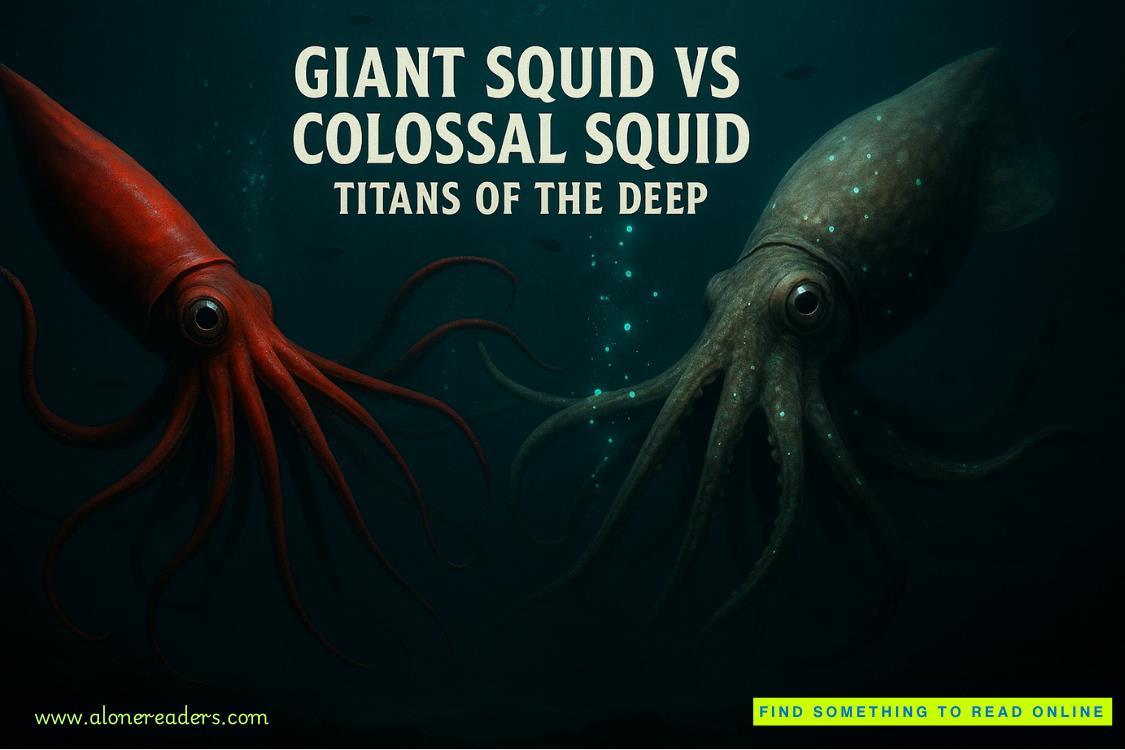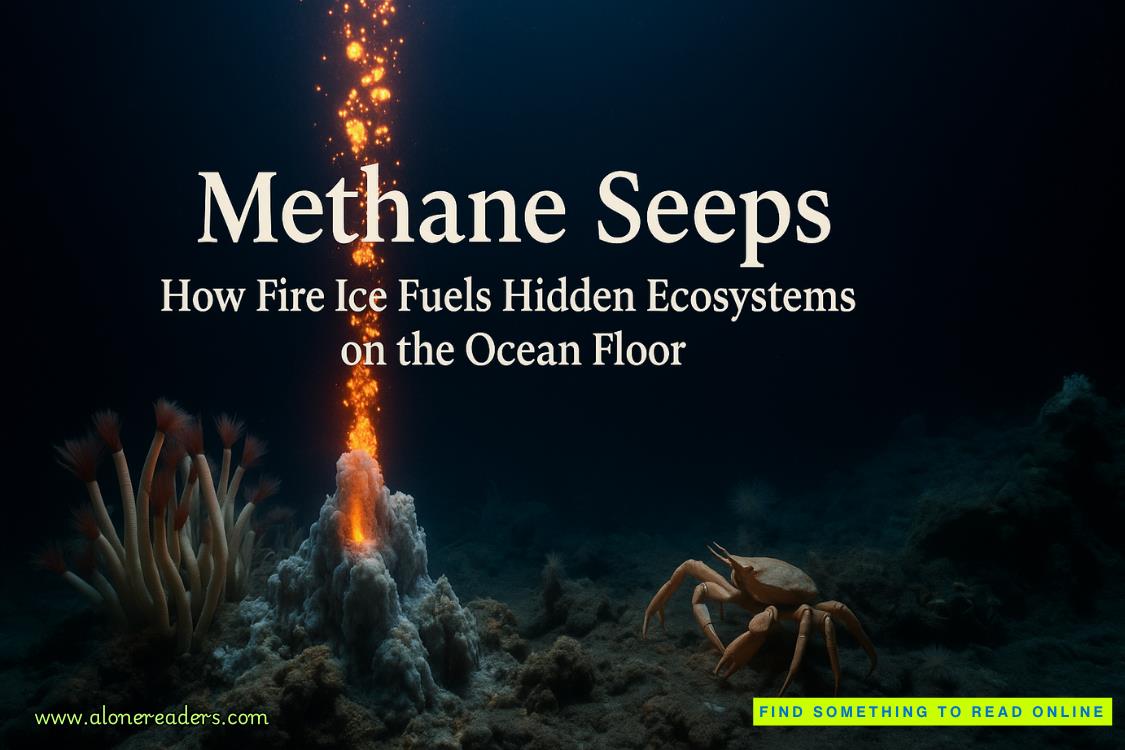Page 7 of The Martian
There isn’t a lot of water here on Mars. There’s ice at the poles, but they’re too far away. If I want water I’ll have to make it from scratch. Fortunately, I know the recipe: Take hydrogen. Add oxygen. Burn.
Let’s take them one at a time. I’ll start with oxygen.
I have a fair bit of O2 reserves, but not enough to make 250 liters of water. Two high-pressure tanks at one end of the Hab are my entire supply (plus the air in the Hab of course). They each contain 25 liters of liquid O2. The Hab would only use them in an emergency; it has the Oxygenator to balance the atmosphere. The reason the O2 tanks are here is to feed the spacesuits and rovers.
Anyway, the reserve oxygen would only be enough to make 100L of water (50L of O2 makes 100L of molecules that only have one O each). That would mean no EVAs for me, and no emergency reserves. And it would make less than half the water I need. Out of the question.
But oxygen’s easier to find on Mars than you might think. The atmosphere is 98% CO2. And I happen to have a machine whose sole purpose is liberating oxygen from CO2. Yay Oxygenator!
One problem: The atmosphere is very thin. About 1/90th the pressure on Earth. So it’s hard to collect. Getting air from outside to inside is nearly impossible. The whole purpose of the Hab is to keep that sort of thing from happening. The tiny amount of Martian atmosphere that enters when I use an airlock is laughable.
That’s where the MAV fuel plant comes in.
My crewmates took the MAV away weeks ago. But the bottom half of it stayed behind. NASA is not in the habit of putting unnecessary shit in to orbit. It left the landing gear, ingress ramp, and fuel plant behind. Remember how the MAV made its own fuel with help from the Martian atmosphere? Step one of that is to collect CO2 and store it in a high pressure vessel. Once I get that hooked up to the Hab’s power, it’ll give me half a liter of liquid CO2 per hour, indefinitely. After 5 days it’ll have made 125L of CO2, which will make 125L of O2 after I feed it through the Oxygenator.
That’s enough to make 250L of water. So I have a plan for oxygen.
The hydrogen will be a little trickier.
I considered raiding the hydrogen fuel-cells, but I need those batteries to maintain power at night. If I don’t have that, It’ll get too cold. I could bundle up, but the cold would kill my crops. And each fuel cell only has a small amount of H2 anyway. It’s just not worth sacrificing so much usefulness for so little gain. The one thing I have going for me is that energy is not a problem. I don’t want to give that up.
So I’ll have to go a different route.
I often talk about the MAV. But now I want to talk about the MDV.
During the most terrifying 23 minutes of my life, four of my crewmates and I tried not to shit ourselves while Martinez piloted the MDV down to the surface. It was kind of like being in a tumble-dryer.
First, we descended from Hermes, and decelerated our orbital velocity so we could start falling properly. Everything was smooth until we hit the atmosphere. If you think turbulence is rough in a jetliner going 720kph, just imagine what it’s like at 28,000kph.
Several staged sets of chutes deployed automatically to slow our descent, then Martinez manually piloted us to the ground, using the thrusters to slow descent and control our lateral motion. He’d trained for this for years, and he did his job extraordinarily well. He exceeded all plausible expectations of landings, putting us just nine meters from the target. The guy just plain owned that landing.
Thanks, Martinez! You may have saved my life!
Not because of the perfect landing, but because he left so much fuel behind. Hundreds of liters of unused Hydrazine. Each molecule of Hydrazine has four hydrogen atoms in it. So each liter of Hydrazine has enough hydrogen for *two* liters of water.
I did a little EVA today to check. The MDV has 292L of juice left in the tanks. Enough to make a almost 600L of water! Way more than I need!
There’s just one catch: Liberating hydrogen from Hydrazine is… well… it's how rockets work. It’s really, really hot. And dangerous. If I do it in an oxygen atmosphere, the heat and newly liberated hydrogen will explode. There’ll be a lot of H2O at the end, but I’ll be too dead to appreciate it.
At its root, Hydrazine is pretty simple. The Germans used it as far back as World War II for rocket-assisted fighter fuel (and occasionally blew themselves up with it).
All you have to do is run it over a catalyst (which I can extract from the MDV engine) and it will turn in to nitrogen and hydrogen. I’ll spare you the chemistry, but the end result is that 5 molecules of Hydrazine becomes 5 molecules of harmless N2 and 10 molecules of lovely H2. During this process, it goes through an intermediate step of being ammonia. Chemistry, being the sloppy bitch it is, ensures there’ll be some ammonia that doesn’t react with the Hydrazine, so it’ll just stay ammonia. You like the smell of ammonia? Well it’ll be prevalent in my increasingly hellish existence.
The chemistry is on my side. The question now is how do I actually make this reaction happen slowly and how do I collect the hydrogen? The answer is: I don’t know.
I suppose I’ll think of something. Or die.
Anyway, much more important: I simply can’t abide the replacement of Chrissie with Cindy. “Three’s Company” may never be the same after this fiasco. Time will tell.
Chapter 4
LOG ENTRY: SOL 32
So I ran in to a bunch of problems with my water plan.
My idea is to make 600L of water (limited by the hydrogen I can get from the Hydrazine). That means I’ll need 300L of liquid O2.
I can create the O2 easily enough. It takes 20 hours for the MAV fuel plant to fill its 10L tank with CO2. The Oxygenator can turn it in to O2, then the Atmospheric Regulator will see the O2 content in the Hab is high, and pull it out of the air, storing it in the main O2 tanks. They’d fill up, so I’d have to transfer O2 over to the rovers’ tanks and even space suit tanks as necessary.
But I can’t create it very quickly. At 1/2L of CO2 per hour, it will take 25 days to make the oxygen I need. That’s longer than I’d like.
Also, there’s the problem of storing the hydrogen. The air tanks of the Hab, the rovers, and all the space suits add up to exactly 374L of storage. To hold all the materials for water, I would need a whopping 900L of storage.
I considered using one of the rovers as a “tank”. It would certainly be big enough, but it just isn’t designed to hold in that much pressure. It’s made to hold (you guessed it) one atmosphere. I need vessels that can hold 50 times that much. I’m sure a rover would burst.















